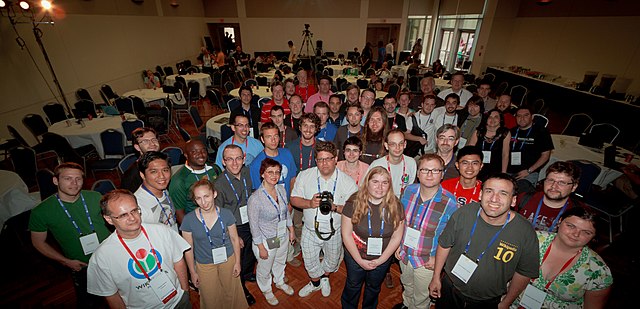
One million images uploaded so far to the world’s largest photo contest – Wiki Loves Monuments.
In this year’s competition so far 150,000 images from 40 different countries have been uploaded. This means that since Wiki Loves Monuments started four years ago more than 1,000,000 photos of cultural heritage have been shared through Wikimedia Commons.
Wiki Loves Monuments is the world’s largest photography contest, and aims to collect images under a free licence for use on Wikimedia sites to document historic sites and monuments. Now in its fourth year, 5,000 people from around the world have taken part this month.
Volunteer Wikimedians organise the contest in each country, with the winning photos from national contests elevated to an international jury in November. The international jury will announce the top ten international photos and the overall best picture winner in December.
“With over one million free images of heritage sites across the world, Wiki Loves Monuments is one of the world’s most important projects dealing with history today”, says Deror Lin, the international coordinator of the competition. “Year after year, volunteers document hundreds of thousands of heritage sites across the world, upload the images to the Internet under a free licence, for the benefit of the current generation and the next generations. These people display the splendor of creativity and culture in their countries”.
The photos will be uploaded to Wikimedia Commons under a free licence, so they can be used by anybody, for any purpose, as long as the photographer is credited. Many of the photos will appear in Wikipedia, the world’s largest encyclopedia, and all will be available to download at no cost.
